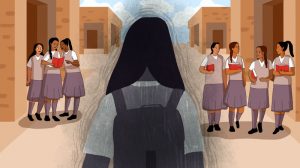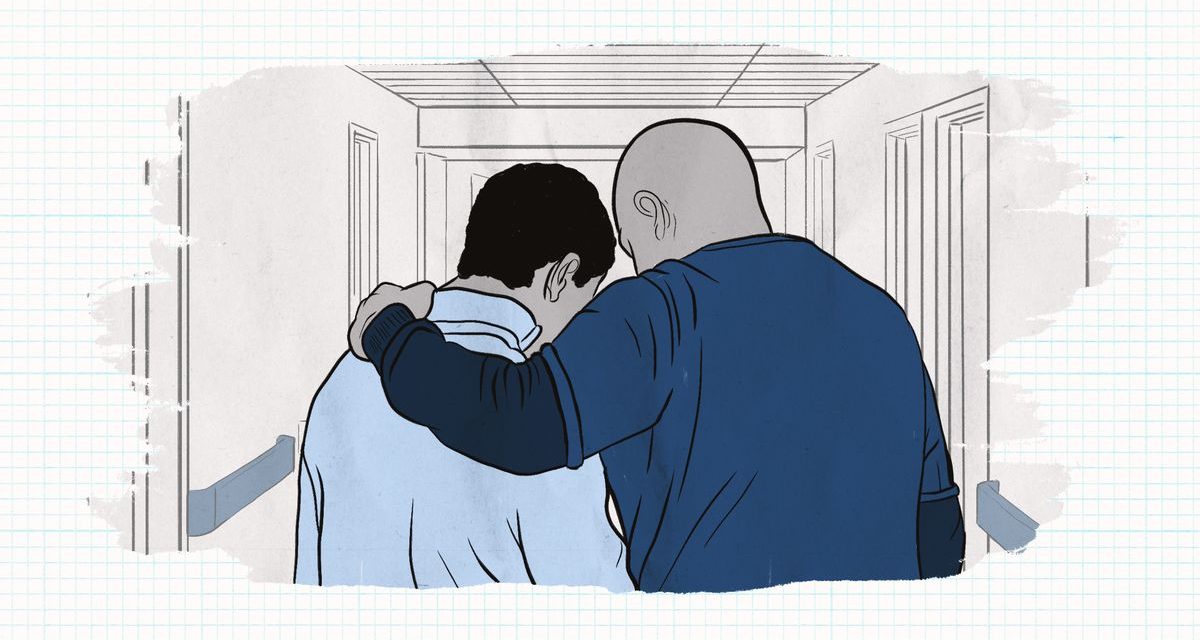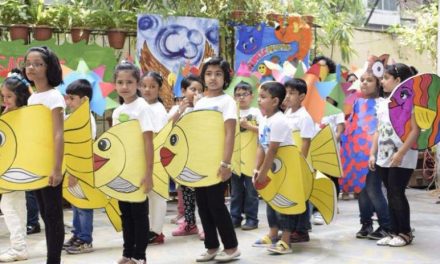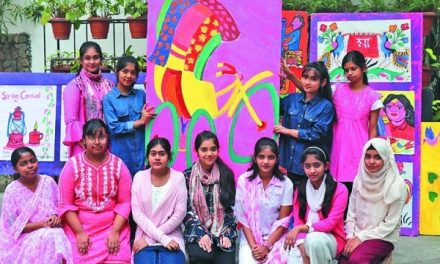
Whenever the topic of suicide comes up, the fact that inevitably surfaces is that the phenomenon is rising in Bangladesh. While the unfortunate rise has prompted media reports and waves of awareness articles on mental health, what still eludes the masses is that suicide amongst teenagers is increasing at an equally alarming rate.
It may be because we are programmed to assume that teenagers, unburdened by the trials of ‘real world’ live in a blissfully happy place, we are baffled when one of them decides to end his/her life. Neither do we take into account that thanks to our blissful ignorance, teenage suicide is silently morphing into an epidemic.
One might argue that epidemic is too strong a word but I wholeheartedly disagree. Every year when I open the newspapers after the board results are published, my heart breaks for those students who thought life wasn’t for them because of their failure to secure a single grade. I also feel a creeping sense of helplessness at the colossal failure of a system that values grades more than life.
Statistics
A survey by rights organisation Bangladesh Shishu Adhikar Forum last year found that in the 11 months of 2018, 293 children committed suicide and 22 attempted it.
The numbers are likely to be higher as the social stigma behind suicide prevents families from reporting it especially in cases where the victim is a girl.
One might see just numbers when they look at these statistics, but as an educator who deals with hundreds of students every day, I see the victims as stars whose lights were dimmed before they could burn bright.
Rat-race for ‘success’:
It’s almost impossible to pinpoint one specific cause behind teenage suicide. That said, our education system can in no way avoid its accountability for these tragedies.
In the rat race for GPA 5s and A-stars, our children have learnt to measure the worth of living by their academic success. Our academia is one that thrives on criticism. Parents and teachers keep it alive by dumping their expectations on the children. Through the colourful lenses of our illusions, we see these individuals free of any burden. If only the glasses could come off, their struggles of growing up, going through puberty, peer pressure and waves of struggles would be laid bare in front of us.
I prefer referring to the children committing suicide as victims because it’s the adults who have brainwashed these gullible souls with misguided adult notions of success. I say gullible because children especially teenagers are easily impressionable. They are like empty boxes that we adults have the responsibility to fill with wholesome thoughts and well-rounded education. Instead, we overload them with unrealistic expectations and once they fall short, they resort to what they think is an easy escape: suicide.
In my 32 years of teaching, I can’t count the number of times I’ve witnessed a parent saying to their child, “If so and so can have better grades why can’t you?” Some parents go so far as to emotionally blackmail or threaten their childREN with punishment should they fail to secure top grades. It would, however, be unfair to blame the parents only. Some of the blame must be shared by teachers and schools too.
In a third world country where every basic necessity including something as fundamental as education is commercialised, it is no surprise that most of the teachers appointed are not fit for their jobs. The back-dated and non-scientific methods they follow, ensure a failure to perceive that each student is unique —likewise, they fail to form interpersonal relations with them. Moreover, the lack of a standardised grading in school-level facilitates the teachers to be biased with their marking, and it’s the students who have to bear the brunt of it.
I’m often reminded of the much clichéd phrase ‘if you judge a fish by its ability to climb a tree it’ll live its whole life believing it’s stupid.’ Teachers must realise that each student is unique in his/her ability to receive what they are being taught. The culture of degrading students should they fail to meet the so-called standards set by teachers is another factor that drives teenagers to suicide.
Prevention is better than cure:
It’s time all the educational institutions across the country including schools appoint professional counsellors to help them through the trying phase the teens face. The children, in the process of growing up undergo hormonal changes and naturally feel emotions more strongly. For them, every deal is a big deal. It’s a time where they wear their hearts on their sleeves and even the tiniest heartbreak makes some think that life isn’t worth living. They aren’t equipped to think that one little heartbreak and one little academic failure doesn’t mean their precious lives must end.
The fight against teenage suicide begins at home and in the classrooms with open dialogues and careful observation. The teachers and parents must look for signs; is a child becoming withdrawn, are they less talkative? Their behaviour must be carefully analysed and there must be a safe space for them to express themselves.
We mustn’t push them to a breaking point where one academic failure leads them to the grave. It is the society’s responsibility to ensure that our children feel safe to embrace us when they meet failure and not fall into the arms of death.






